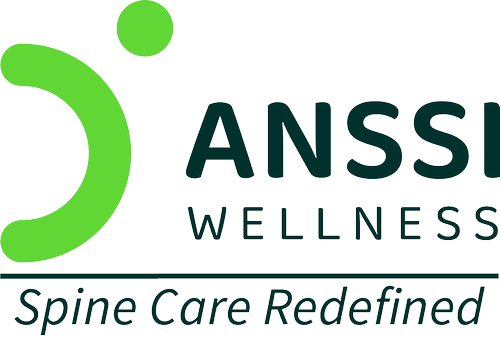Living with cervical stenosis can be challenging, as it affects your everyday activities like working, driving, or even sleeping comfortably. While surgery is an option for severe cases, non-surgical treatments are often effective in managing pain, reducing inflammation, and improving mobility.
Let’s explore what cervical stenosis is, its symptoms, and the best non-invasive and safe treatment options to help manage the pain and restore quality of life.
Understanding Cervical Stenosis
Cervical stenosis occurs when the spinal canal in the neck becomes too narrow, compressing the spinal cord or nerve roots. This condition can develop gradually and worsen over time if left untreated.
Common Causes of Cervical Stenosis:
- Ageing: Natural wear and tear cause spinal degeneration.
- Osteoarthritis: Leads to bone spurs that press on nerves.
- Disc Degeneration: Bulging or herniated discs reduce spinal space.
- Injuries: Trauma or accidents can damage the spine.
Symptoms of Cervical Stenosis:
- Chronic neck pain and stiffness
- Numbness or tingling in arms, hands, or shoulders
- Weakness in the upper limbs
- Headaches caused by nerve compression
- Issues maintaining balance and coordination in severe cases
Managing these symptoms early with non-surgical treatments can prevent further progression and help maintain a pain-free lifestyle.
Non-Surgical Treatment Options
If you’re struggling with cervical stenosis pain, there is no harm in exploring any of the following non-surgical solutions to feel better.
1. Medications: Pain Relief and Anti-Inflammatory Drugs
- Over-the-counter pain relievers like ibuprofen or acetaminophen help reduce pain and swelling.
- Muscle relaxants relieve stiffness and spasms in the neck.
- Prescription medications may be needed for severe pain but should be used under medical supervision.
Medication provides temporary relief, but it does not treat the underlying cause of cervical stenosis. It is most effective when combined with other non-surgical treatments.
2. Steroid Injections: Reducing Inflammation and Nerve Pain
- Corticosteroid injections help reduce inflammation around compressed nerves. These injections offer pain relief for weeks or months, allowing patients to engage in physical therapy.
- Epidural steroid injections are commonly used to relieve nerve-related pain.
While effective, steroid injections are not a long-term solution and should be used sparingly.
3. Home Remedies: Simple and Effective Pain Management
Many people find relief from cervical stenosis pain with simple home remedies:
- Heat and Cold Therapy: Heat relaxes muscles, while ice reduces swelling.
- Gentle Stretching: Improves flexibility and reduces stiffness.
- Maintaining Proper Posture: Keeping the spine aligned while sitting and standing.
- Using a Supportive Pillow: Helps maintain neck support while sleeping.
Consistently practising these home remedies can provide significant relief over time.
4. Physical Therapy: Strengthening the Neck and Improving Mobility
- A structured physical therapy plan strengthens neck muscles, improving posture and spinal support.
- Stretching and strengthening exercises reduce stiffness and restore flexibility.
- Manual therapy techniques help release muscle tension and relieve pain.
Physical therapy is one of the most effective long-term treatments for cervical stenosis, helping patients maintain pain-free mobility.
5. Chiropractic Treatment: Restoring Spinal Alignment
- Chiropractic adjustments help align the spine, reducing nerve pressure.
- Techniques like spinal mobilisation and soft tissue therapy can improve posture and relieve pain.
- Regular chiropractic care can enhance flexibility and reduce stiffness.
However, chiropractic care should be performed by a licensed professional and may not be suitable for all cases.
6. Non-Surgical Spinal Decompression Treatment: A Proven Alternative
Non-surgical spinal decompression treatment is an advanced, non-invasive treatment that helps:
- Gently stretch the spine, creating space between compressed vertebrae.
- Reduce pressure on spinal discs and nerves, alleviating pain.
- Promote natural healing by improving blood flow to the affected area.
Spinal decompression is ideal for patients with cervical stenosis caused by herniated discs or nerve compression. It provides long-term relief without medication or surgery.
About ANSSI:
ANSSI Wellness focuses on improving the quality of life for patients suffering from spinal issues, aiming to provide relief where other conventional treatments have failed. Through advanced non-surgical spinal decompression treatment, ANSSI is committed to helping patients avoid surgery and recover in a safe, effective, and compassionate environment.
Connect with ANSSI Wellness on LinkedIn, Instagram, and Facebook for expert guidance.



